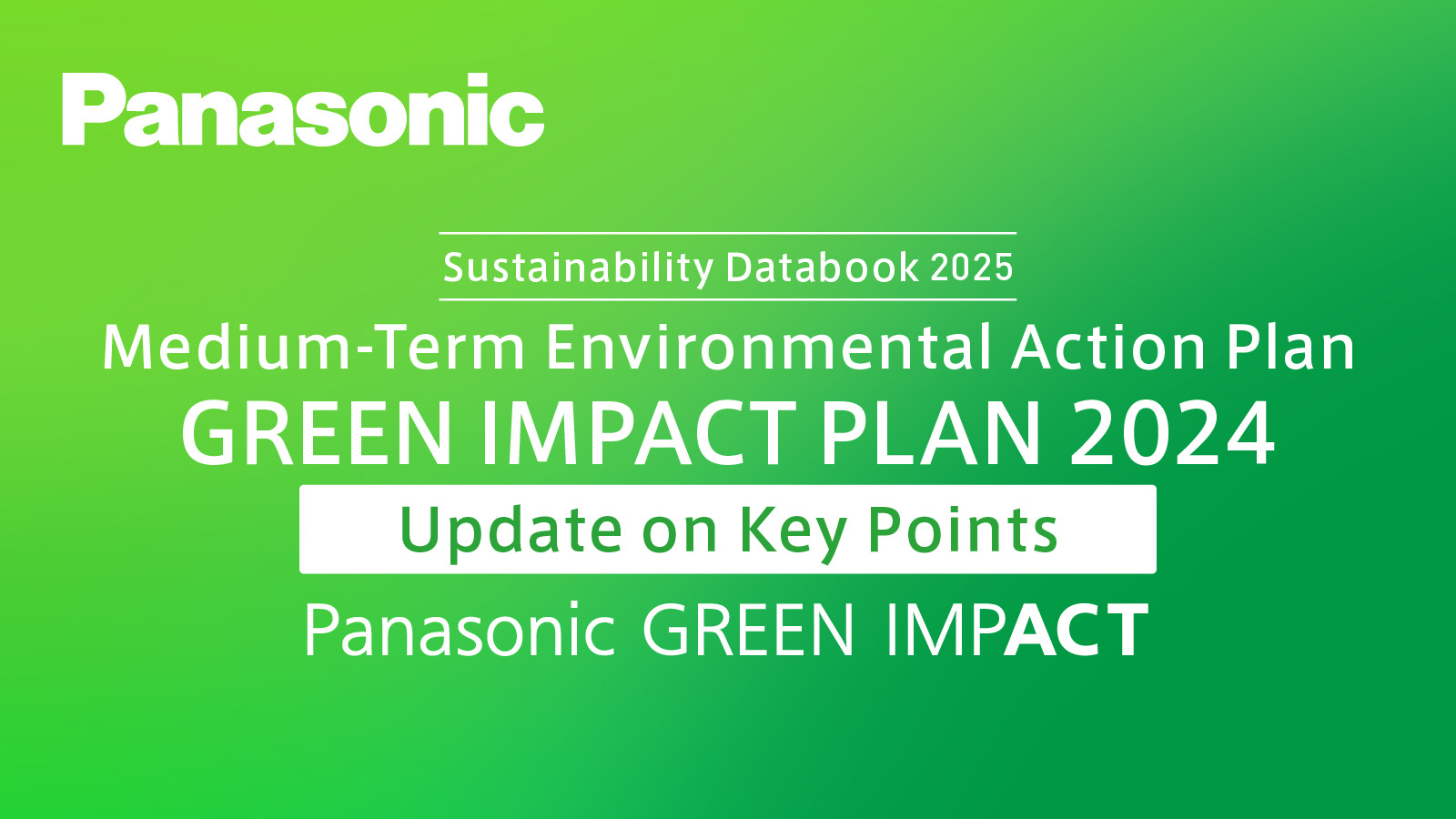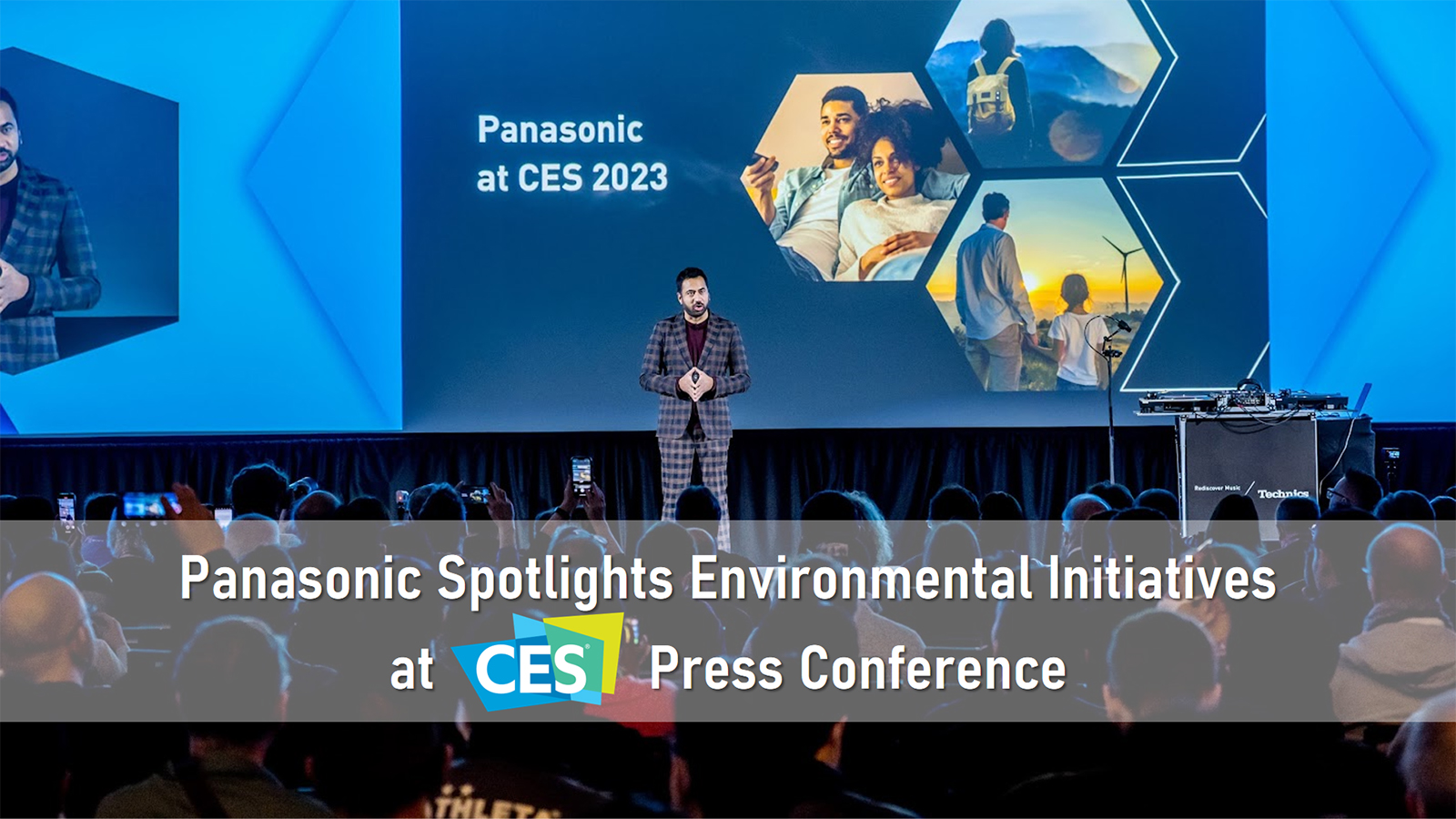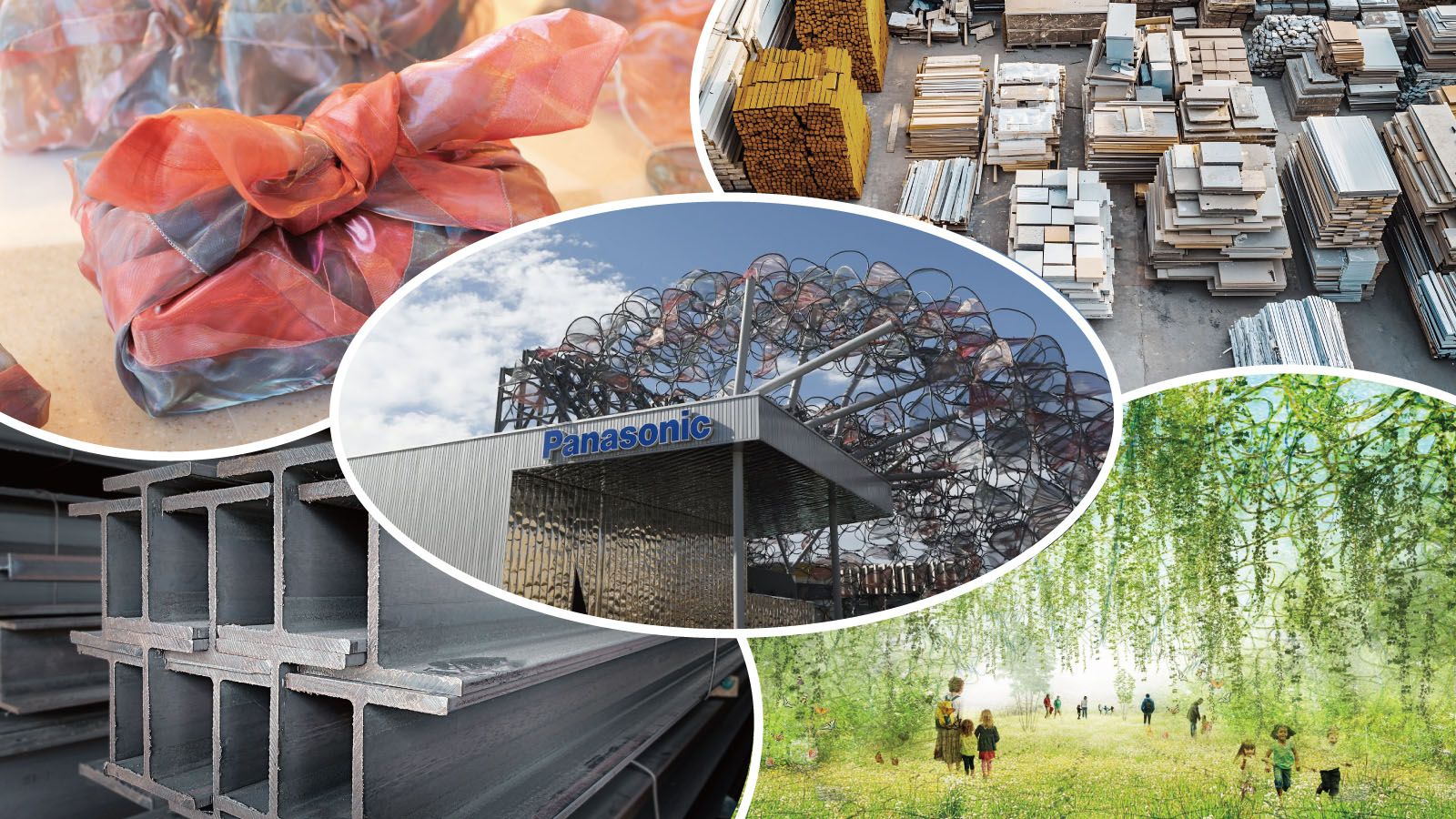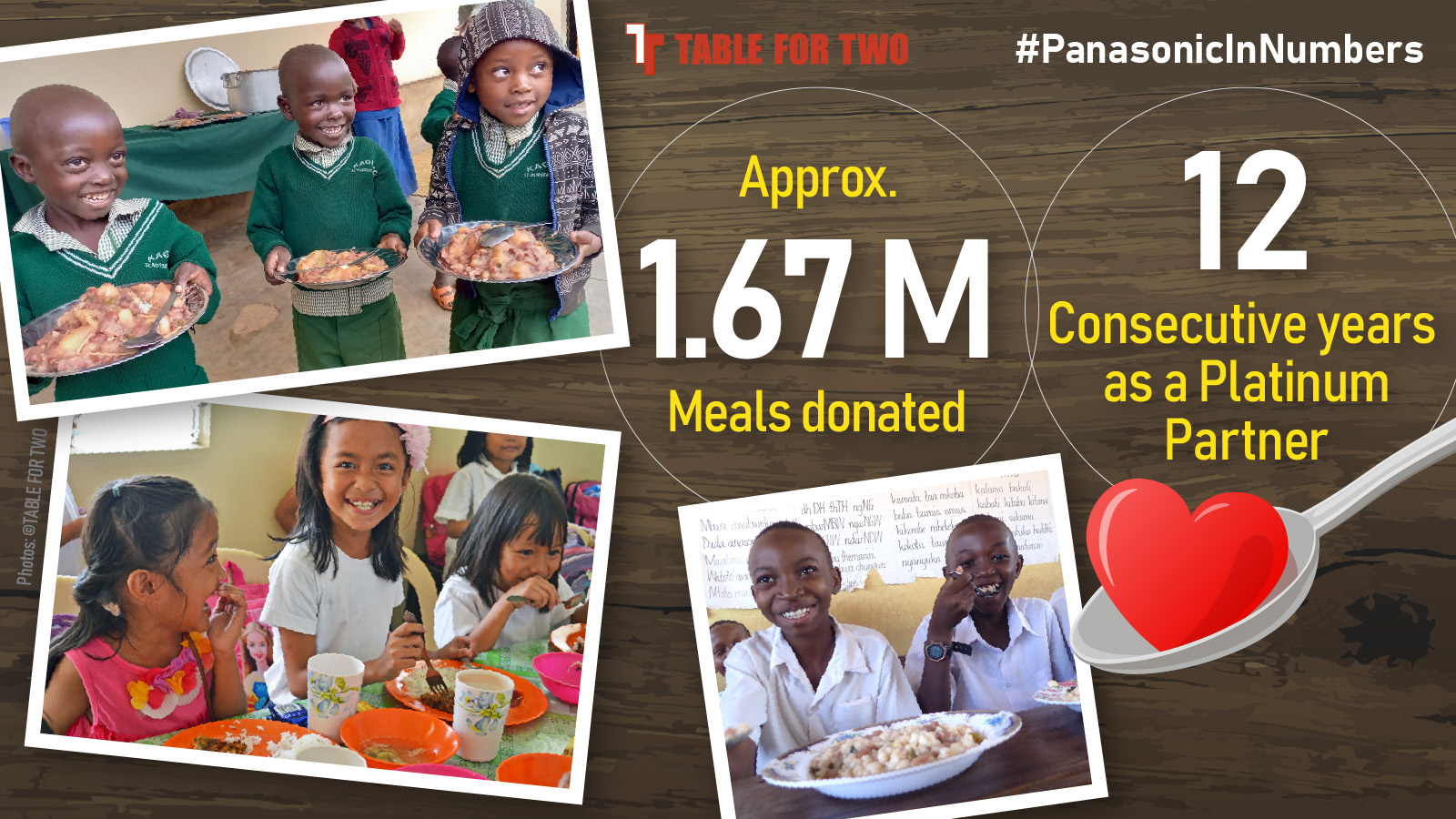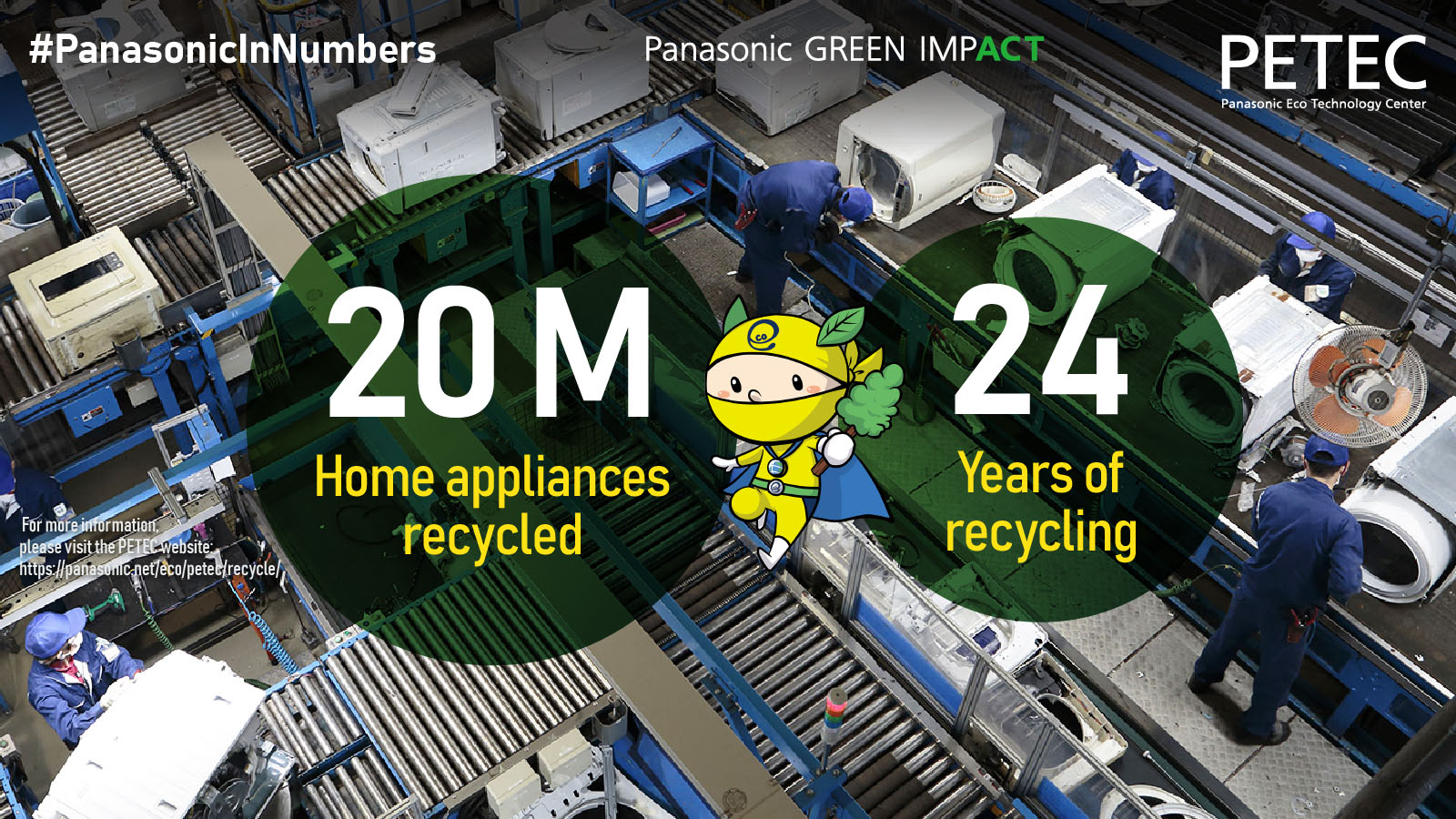Panasonic products serve millions of families in homes all over the world. Michelle Esgar, Director of Marketing and Experience at Panasonic Consumer Electronics Company, joined the press conference to speak to some of Panasonic’s latest advancements in engineering, design and sustainability for consumer products as part of its commitment to enhancing people’s lives while protecting the environment.
Explaining that part of the solution is to cut down the number of devices people use, Esgar introduced MultiShape—a sleek, travel-ready grooming device with one rechargeable battery, one motor, one adapter, and multiple heads. The modular design saves about 60% in resources compared to conventional personal care products and means less waste heading to a landfill. Esgar also announced a new takeback program to save consumer electronics from landfills and promote circularity in the industry; known as Take Back for Tomorrow, the program offers a discount on the MultiShape when consumers send in their used electric razors or trimmers. Panasonic will be working with Redwood Materials to recycle the old devices with the ultimate goal of using recycled materials from consumer electronics as Panasonic batteries powering electric cars.
